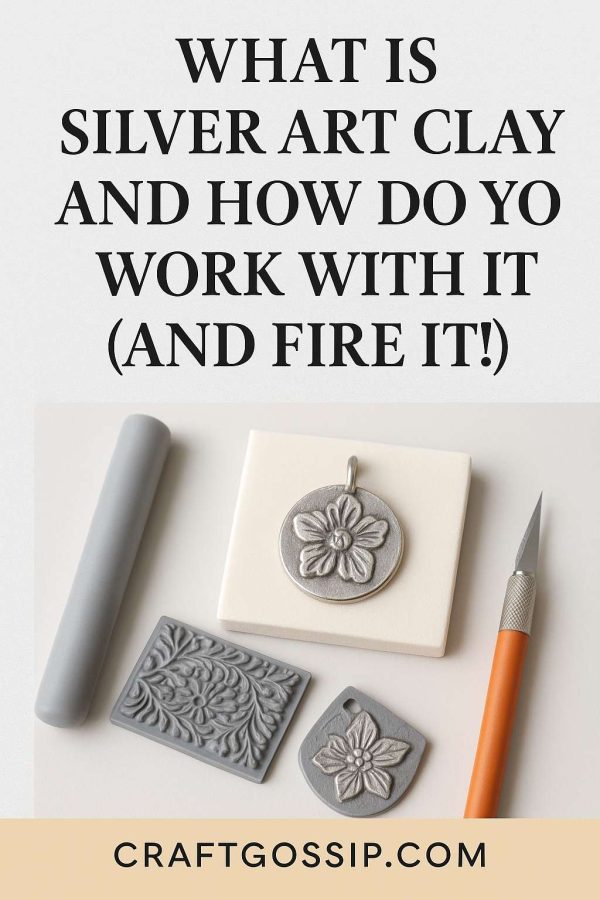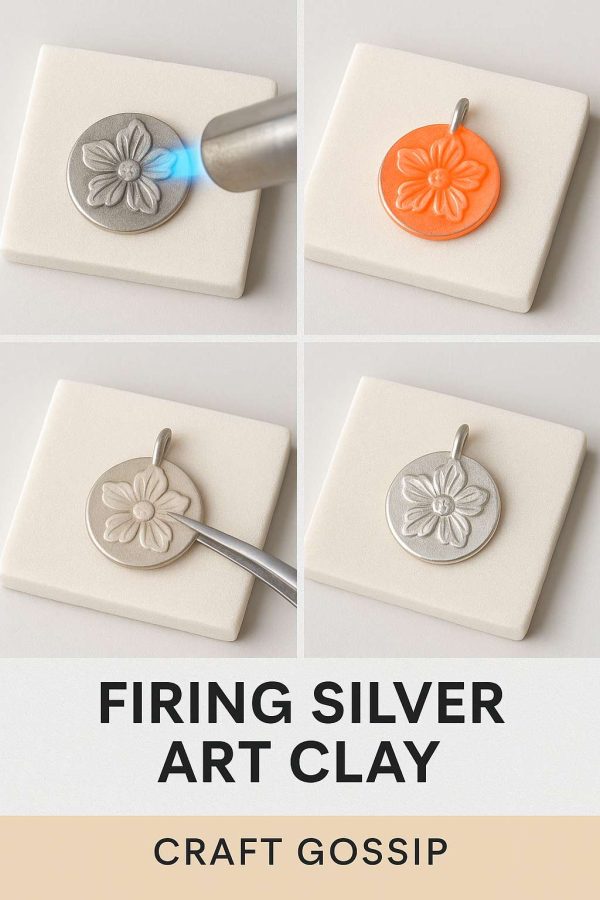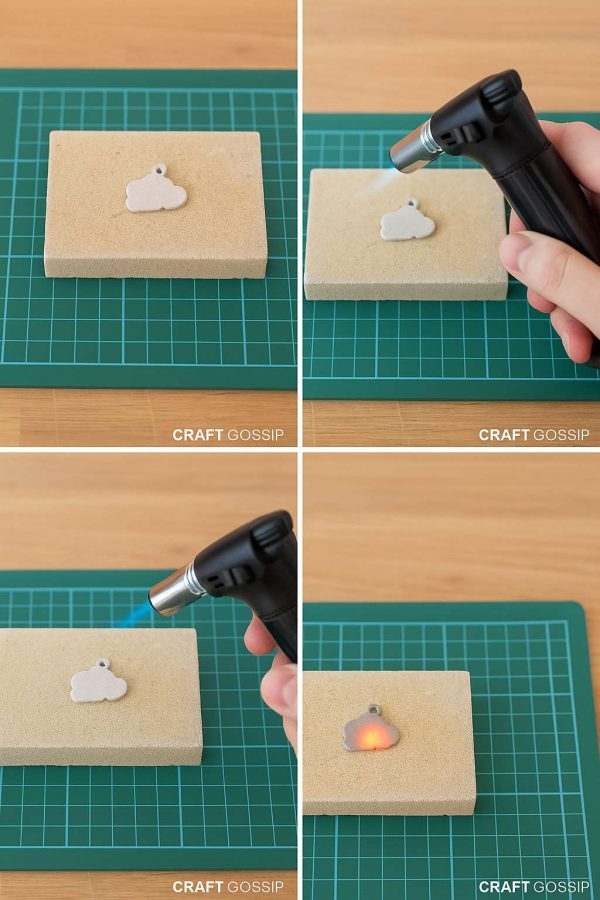
I’m currently building up inventory for fall shows which means, at least somewhat, I’m using glues here and there. And glue and polymer clay is a pain. Some glues just don’t work. For example, I’ve had embarrassing failures with hot glue in the distant past. Sometimes my fall back glue (E6000 on cleaned surfaces) just doesn’t work one apiece in a batch of dozens.
Ginger from the Blue Bottle Tree goes over her notes, compiled from others, in her post here and they seem to reflect what I’ve found as well. It can be basically summarized as: if possible, join clay to clay with liquid clay and a good baking. Join other sturdy items to clay by baking them INTO the clay if possible – I make pins this way – or using the strongest glue you can get.
Another thing I found out was that CA or cyanoacrylate glues (superglues) make a great polish for polymer clay. In fact, it’s a better polish than glue unless you’re doing just small repairs or additions. I use CA or Gorilla Glue
to fix tiny cracks since they either glue instantly or fill space as they glue. I use E6000 or Goop
, on alcohol cleaned surfaces for some pieces that won’t be handled too much. And I’m working on changing more of my work to clay and mechanical hold rather than depending on glues.
What kind of glue do you prefer to use on your projects? Any horrifying failures or really great glue tricks?



I, too, have a love – hate relationship with glues! Everyone swears by E6000 but I don’t! I love a quick grab glue that dries quick and clear for my craft projects. I discovered DAP RapidFuse Multi-Purpose Adhesive that’s perfect for most of my bonding needs – except fabrics! My go-to fabric glue for that is Fabri-Tac – it’s the best!
one of the top clayers recommended J.B KwickWeld and it is undoubtedly strong and reliable on polymer clay. It is no longer available in the UK and the UK equivalent, equally as reliable is called ‘Power Maxed Epoxy Speed Bond
I find that Superglue works best on pc to pc, but only if its a smooth flat surface. I also use it to fix metal jewellery findings, such as brooch-backs, or magnets. to pc. My other favourite glue is Weldbond, made in Canada. It is similar to PVA, dries fast and clear, and is very strong, and waterproof. Much better than epoxies.